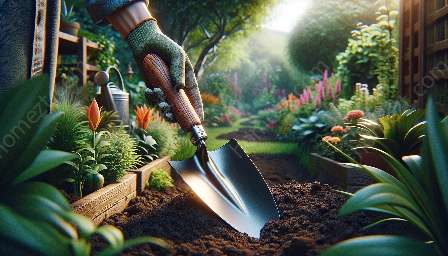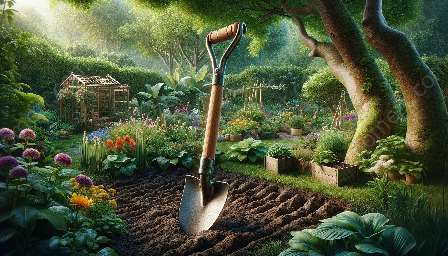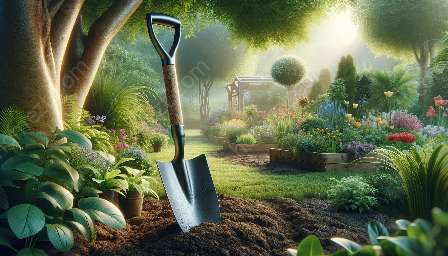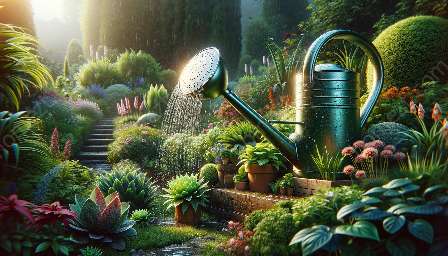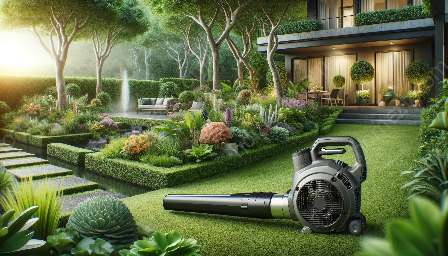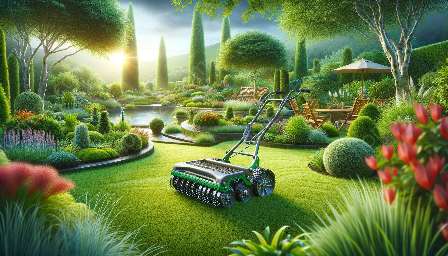Are you looking to enhance the overall health and appearance of your lawn? Then a lawn aerator might be just the tool you need. In this comprehensive guide, we will explore the benefits of aerating your lawn, the different types of lawn aerators available, and how they fit into the broader category of garden tools and equipment for efficient gardening and landscaping.
The Benefits of Lawn Aerators
Enhanced Air and Water Circulation: One of the primary benefits of lawn aeration is its ability to improve the flow of air, water, and nutrients to the grass roots. By creating small holes in the soil, lawn aerators help prevent soil compaction and allow essential elements to penetrate the root zone more effectively, promoting healthier and stronger grass growth.
Reduced Thatch Buildup: Over time, organic debris and dead grass clippings can form a layer of thatch on the soil surface, inhibiting proper water and nutrient absorption. Lawn aerators help break up this thatch layer, allowing for better soil contact and nutrient uptake by the grassroots.
Promotion of Microbial Activity: Aerating your lawn can foster a healthier ecosystem of beneficial soil microorganisms, which play a vital role in decomposing organic matter, recycling nutrients, and creating a fertile environment for grass and plant growth.
Types of Lawn Aerators
Spike Aerators: These aerators feature solid tines or spikes that puncture the soil, creating holes to facilitate air and water penetration. Spike aerators are suitable for addressing minor compaction issues and are generally more affordable and lightweight compared to other types.
Plug or Core Aerators: Plug aerators remove small plugs of soil from the lawn, promoting better soil aeration and drainage. They are highly effective in addressing more severe soil compaction and thatch buildup, making them a popular choice for larger lawns and professional landscaping projects.
Slit Aerators: Slit aerators are designed to create narrow slits in the soil without removing soil cores. This method is beneficial for improving drainage and reducing compaction in high-traffic areas, such as sports fields and commercial landscapes.
Using Lawn Aerators with Garden Tools and Equipment
Integrating lawn aerators with other garden tools and equipment is essential for maintaining a thriving lawn and garden. After aerating your lawn, it's crucial to follow up with proper fertilization, overseeding, and irrigation to maximize the benefits of aeration. Garden tools such as spreaders, rakes, and lawn mowers can be used in conjunction with aerators to ensure comprehensive lawn care and maintenance.
Tips for Effective Gardening & Landscaping
- Plan and Design: Before starting any landscaping project, take the time to plan and design the layout of your garden or lawn. Consider factors such as sun exposure, soil type, and the specific needs of the plants and grass species you intend to cultivate.
- Soil Preparation: Ensure your soil is adequately prepared for planting by addressing any compaction or drainage issues through aeration, soil amendments, and proper tilling techniques. Healthy soil forms the foundation for a successful garden or landscape.
- Regular Maintenance: Consistent maintenance, including mowing, watering, weeding, and pest control, is crucial for sustaining the health and beauty of your lawn and garden. Utilize the right garden tools and equipment to streamline maintenance tasks and keep your outdoor space looking its best.
- Environmental Considerations: Embrace eco-friendly practices in your gardening and landscaping endeavors by selecting native plants, implementing water-saving irrigation systems, and minimizing the use of chemical pesticides and fertilizers. Creating a sustainable and biodiverse landscape benefits both the environment and your local ecosystem.



